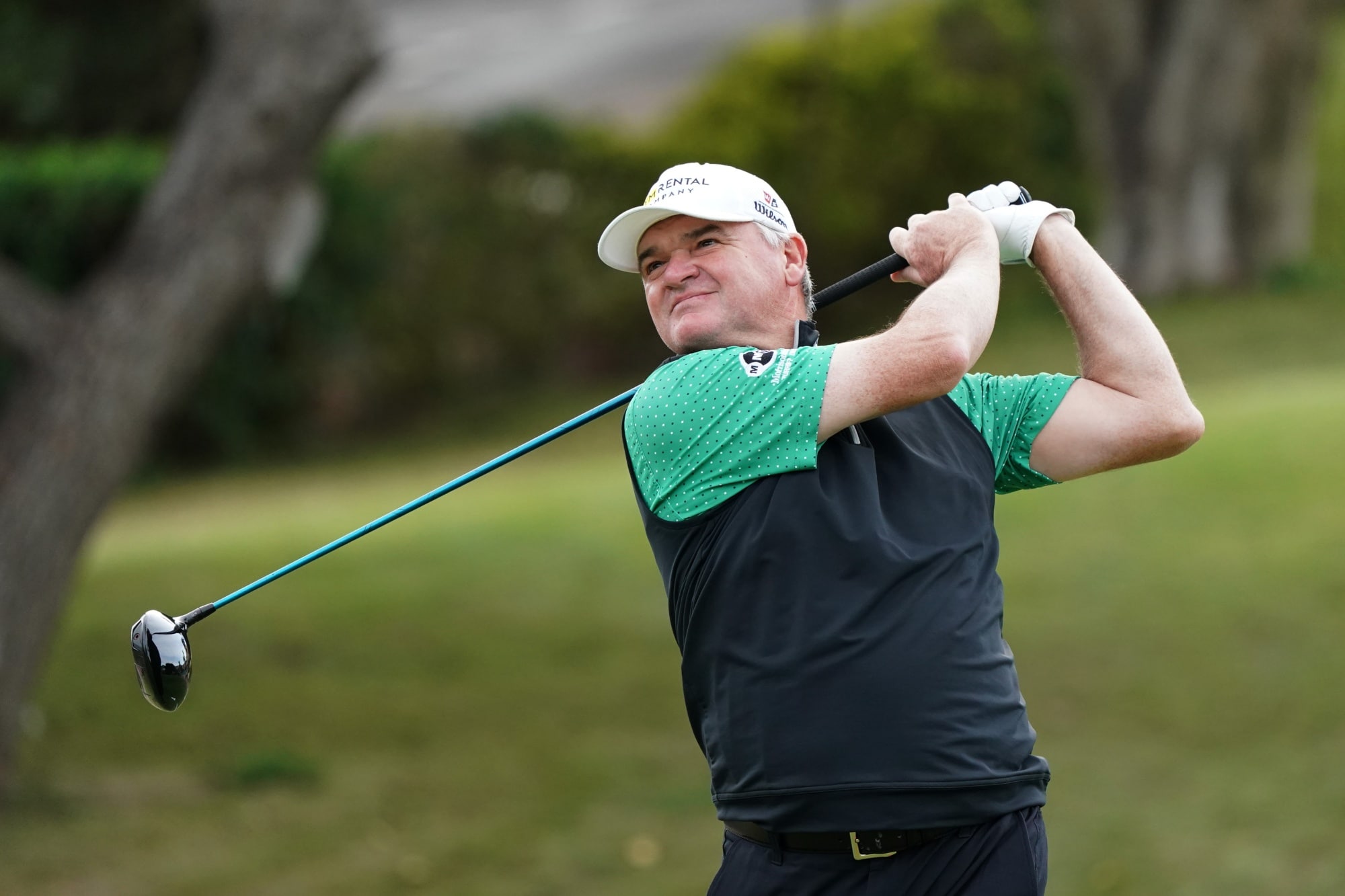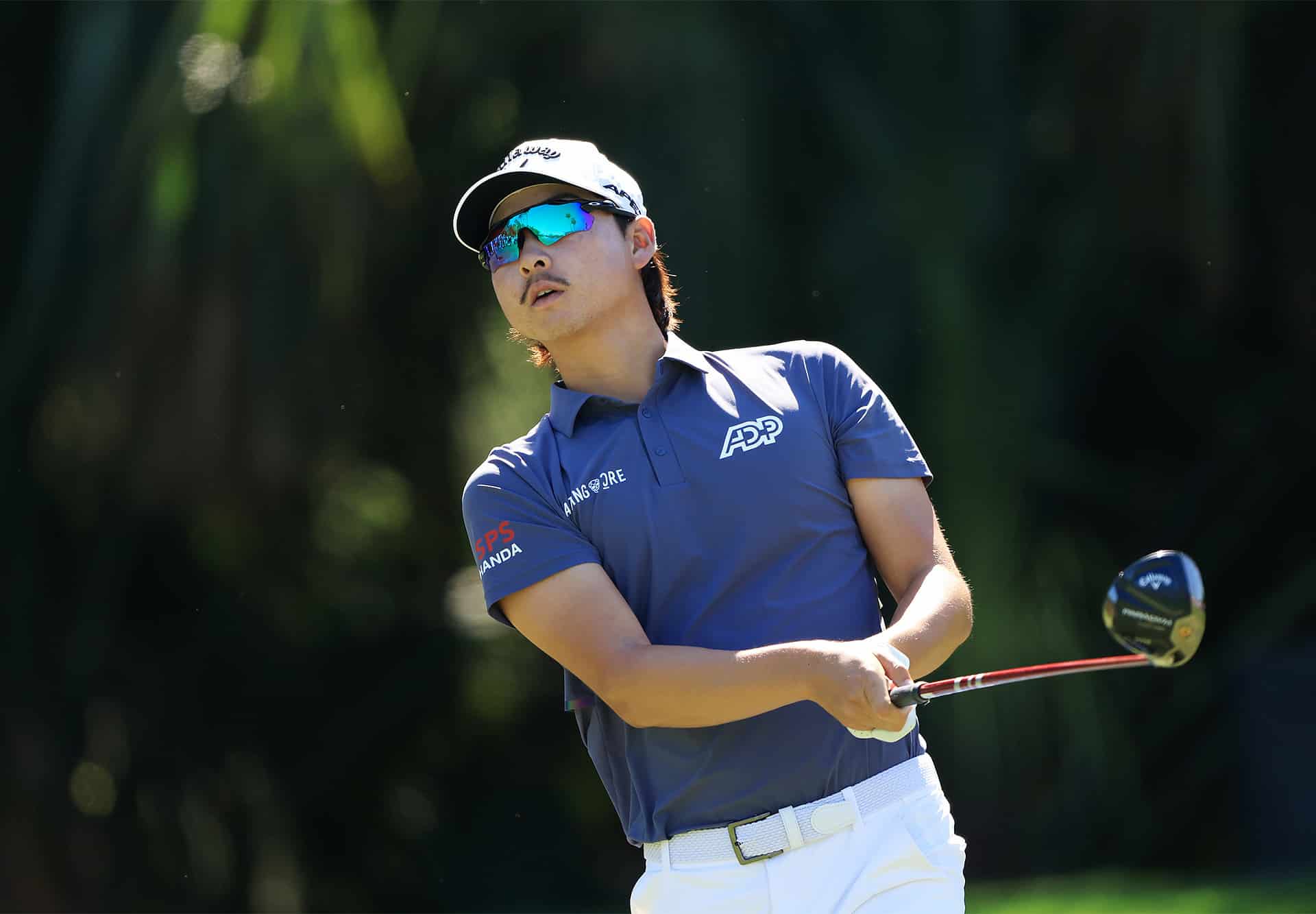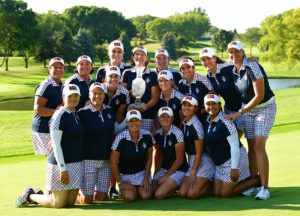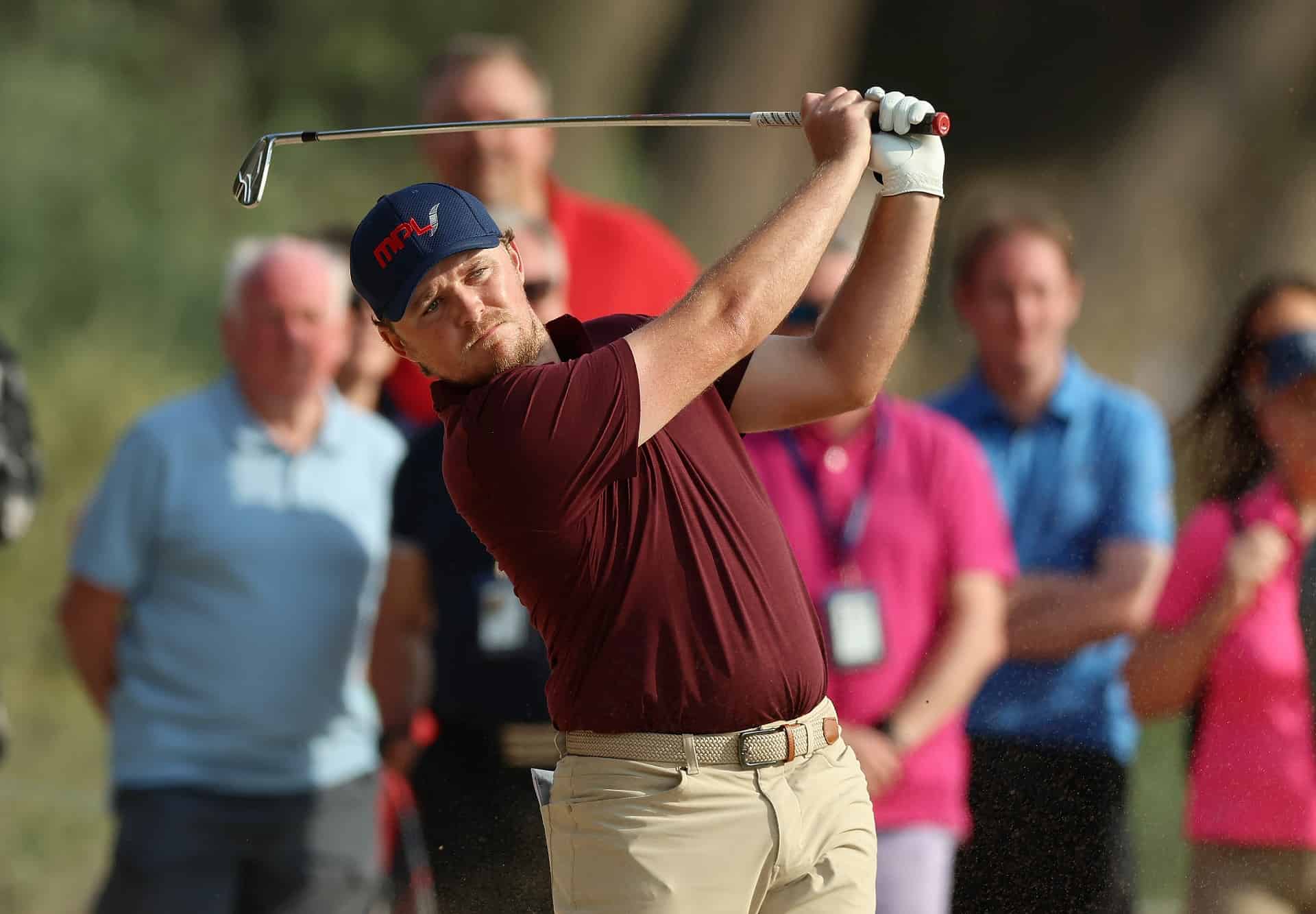Featured Equipment
ONLY five men can better Tom Watson’s total of eight Majors and he is one of only 14 players to have his name on three of the four Major titles.
Since Watson won five Open Championships – a total only Harry Vardon can exceed – he has a unique connection with British fans, a relationship that began with his first trip to Scotland to play in the Open back in 1975.
Last year, at the age of 59, he came within a shot of winning the Claret Jug for a sixth time.
When you were in your prime in the late 1970s and early 1980s, were there any players around threatening to do what you are now, namely being a genuine threat in Majors in their 50s or even 60s?
Probably not really. The only person who could still play when I first started was Sam Snead, but probably not in terms of competing in the Majors.
Why have you been able to play so successfully for so long?
I have to say, the reason I can still compete is because I get the competition on the Champions Tour. Some people say it’s an exhibition tour and that we play for fun but it’s not.
I take it very seriously, I take the competition very seriously and I prepare for it very seriously and therefore, when I play against the kids out here, I’m still in good shape. I can still play, I haven’t lost that ability to prepare and I stay sharp.
And I think today I have the ability to do that compared to back then when they didn’t have a Champions Tour.
Why do you think you remain motivated to compete when other Major champions, such as Nick Faldo and Greg Norman for example, haven’t?
I still love the game and I still love to compete.
I was about ready to give up the game in the late 80s, early 90s. I was struggling with my golf swing, but, frankly, I found something in my swing that was a different move to the one I had tried to make since I was 12 years old.
It’s what I call the secret to my swing. It got my divots square rather than toe deep.
It made the game fun again versus the whole struggle that it had become. It enabled me to come out every day and hit the ball consistently.
And then I started hitting a lot of greens in regulation. And actually my short game suffered – because I was missing so few greens, so I didn’t have as many opportunities for the short game.
When I was missing a lot of greens my short game was better.
That’s golf for you – if it’s not one thing it’s another.
To what extent is modern-day equipment a contributory factor in your longevity?
I don’t think it’s a great factor. You’ve still got to hit the ball properly.
How would you compare your game now to 30 years ago? Do you hit it further?
Well, I don’t swing the club as quickly as I used to, my swing speed is slower.
But the equipment makes the ball go farther – the club and ball combination.
I judge by how I can hit the ball. Back in the days of persimmon drivers I could carry the ball 250 yards, which was a long way.
Now that’s a 2-iron for some of the young guys.
Now I can carry the driver about 260 in the air. So that’s longer than 25 years ago, even though my clubhead speed has gone down.
How does your putting compare?
I was a much better putter back then. At the 1980 Open Championship at Muirfield, my putting was the best it ever was in a Major championship.
I’ll never forget the final practice round. I had played my last 18 holes before the championship and came into the locker room and there was Jerry Pate, Arnold Palmer and Jack Nicklaus. They’d all been out playing and had beaten Arnold and won about $300. Jerry was giving plenty (of stick) to Arnold until he couldn’t take it any longer and so Arnie said: “Tommy, let’s go out and play these b*st*rds!” So we went back out and played and I holed every putt.
And Arnold won his money back. That was fun, the way I putted those greens.
I was a much better putter back then but I wasn’t as good a ball striker as I am now.
You’ve got to have confidence, otherwise you can’t play. I’ve never understood how you can play without it. How responsibly do you believe the R&A and USGA have looked after the best interests of the game with respect to technology and equipment over the last, say, 20 years since the advent of metal woods?
Well, I think they let the golf ball go too far. The manufacturers, the engineers, played by the rules. The USGA and R&A established the mark and they just made balls that went up to the limits.
In 1993 to 2001, the golf ball travelled 26 yards further, and that was at a 109mph swing speed. Twenty-six yards further.
What would you do about it if you were in charge?
I’m like Jack, I think we can take the golf ball back and say ‘alright, the USGA and R&A can go to the manufacturers and say we need to shorten the flight and bring it back’. For everybody. I still like the idea that every player who plays the game plays the same ball.
How much has technology specifically affected links golf over the years? I’m thinking of the effect the wind makes on the ball these days compared to 30 years ago. Is it more or less vulnerable than other forms of the game to technology?
The ball is not affected quite as much by the wind, especially when you are going into the wind.
And you don’t have to allow anything like as much in a crosswind as you used to. It goes much straighter. You don’t have to allow nearly as much with the modern ball.
But that’s not just links golf, it’s any windy course. It doesn’t matter whether it’s a links course or not, golf played in the wind has been made much easier than it was.
The modern tour player travels with an entourage, and nearly all rely on help from a psychologist or mind guru of some description. What do you make of that?
If it helps it helps. I can’t judge because I don’t know.
They certainly do have an entourage, that’s true.
I think anything that helps you is good. So if it helps them then so be it. But there’s a risk of being too complicated, they have to understand that.
You can’t rely on anyone too much, only yourself. If that becomes too complicated and you start relying on somebody else, then when the pressure’s on, you will be in trouble.
You’ve still got to be able to go out on the course and play well and score well.
You have to train yourself to be instinctive, that’s the key.
Do you feel you were ahead of the game on that score – as a player in your prime you were renowned for having an exceptional golfing brain?
I’ve been fortunate to be able to play the way I wanted to play. I’ve always had the ability to hit the ball pretty much the right distance and that’s very important.
And I’m somebody who likes to get the ball up and down, who enjoys it.
At an Open, especially, that’s important because at those courses you’re going to miss some greens.
Have you ever been close to asking for help with the mental side of the game?
No, and I did psychology at college. I’ve never felt it would help me.
You’ve got to have confidence, otherwise you can’t play. I’ve never understood how you can play without it.
You talk about psychology, but something I’ve always felt strongly about is that you can’t have confidence if you’re playing badly, I’m sorry.
You hear commentators say things like “Oh, that guy’s lost his confidence”. If a player has a loss of confidence it’s because he’s not playing well.
The way you gain confidence is to trust it and there’s a certain level of trust that you have to have to go out and play. Unless you have that, it’s very difficult.
Sometimes that can be a grey area. I’m lucky that I’ve had that.
Now, I didn’t trust my golf swing all the time, especially the long game, but I certainly trusted parts of my game, like my short game, my chipping and putting. And that’s the way I played.
Tom Irwin

Tom is a lifetime golfer, now over 30 years playing the game. 2023 marks 10 years in golf publishing and he is still holding down a + handicap at Alwoodley in Leeds. He has played over 600 golf courses, and has been a member of at least four including his first love Louth, in Lincolnshire. Tom likes unbranded clothing, natural fibres, and pencil bags. Seacroft in Lincolnshire is where it starts and ends.










